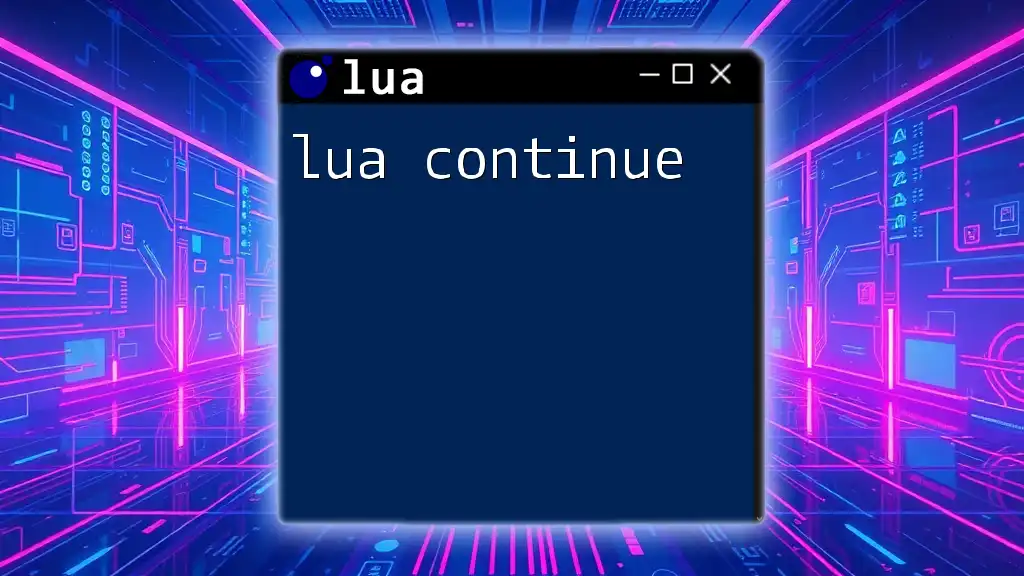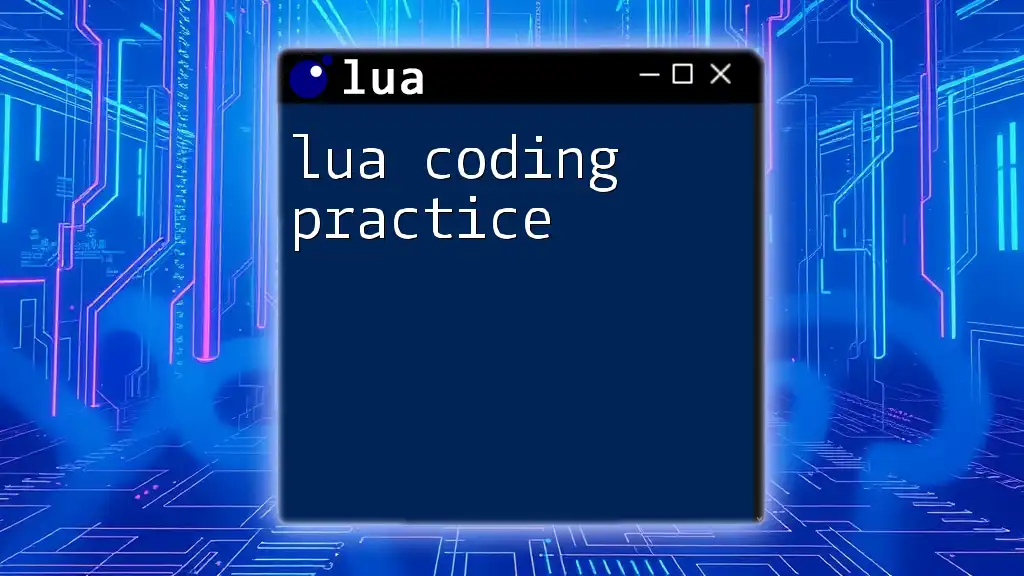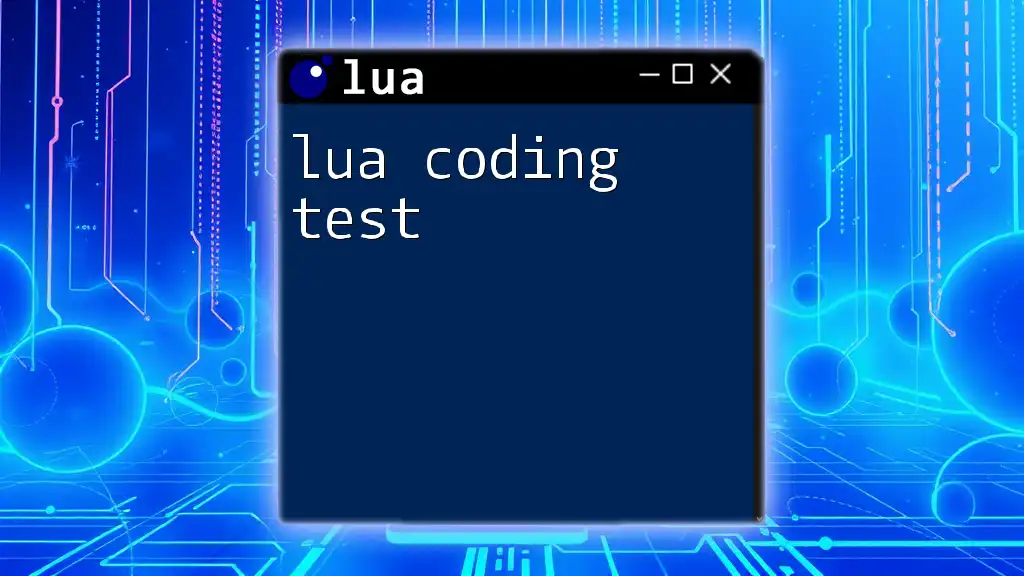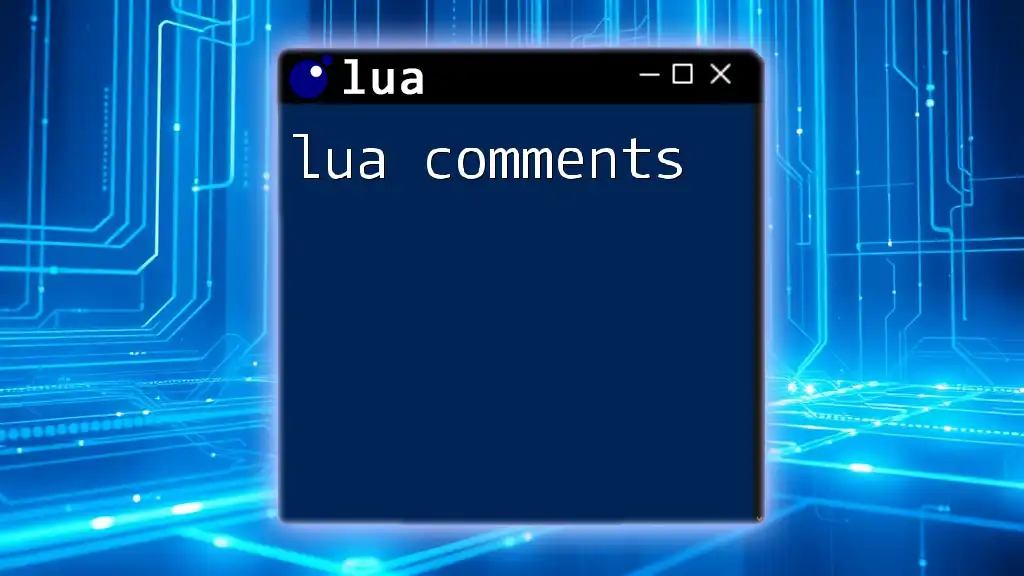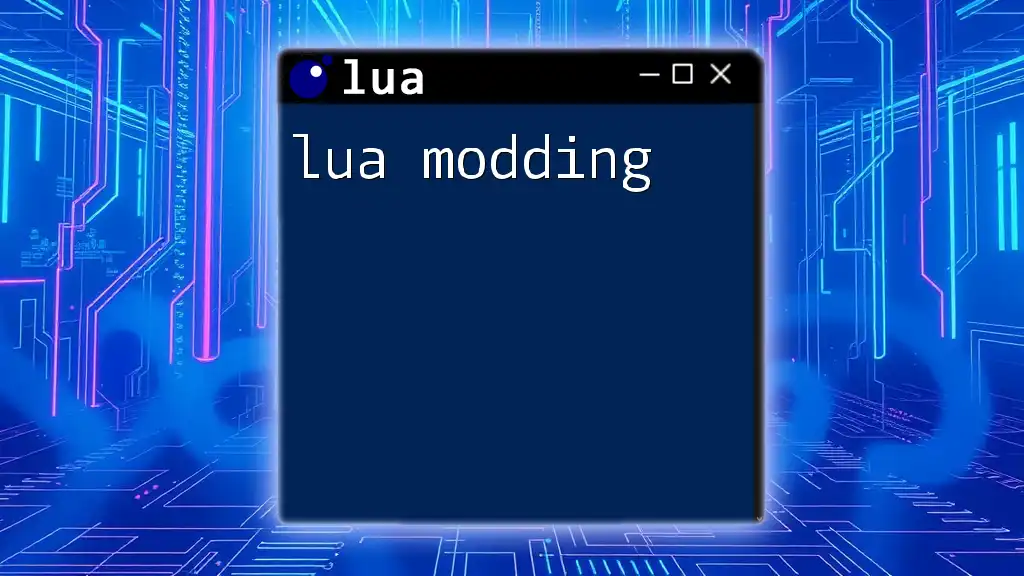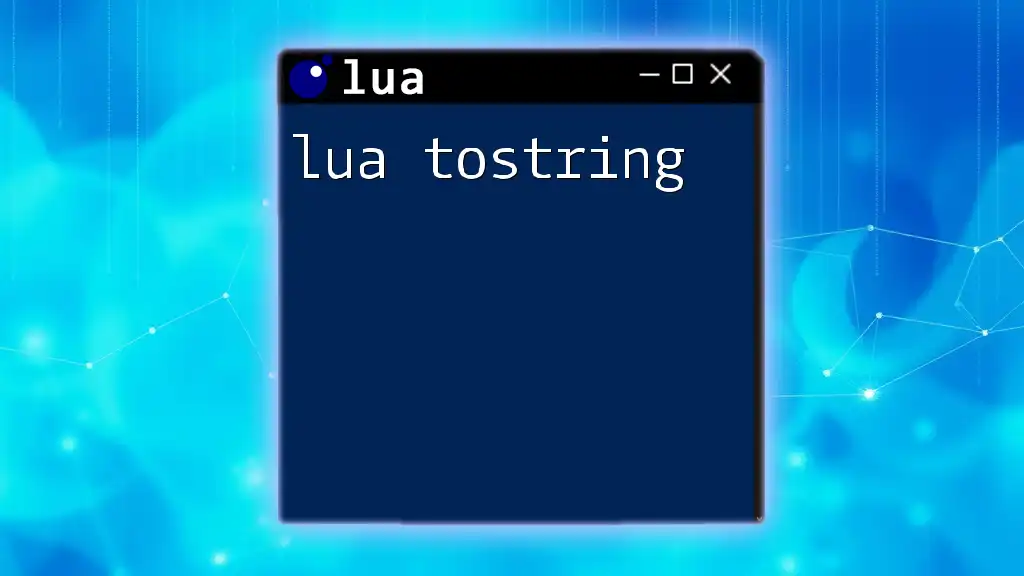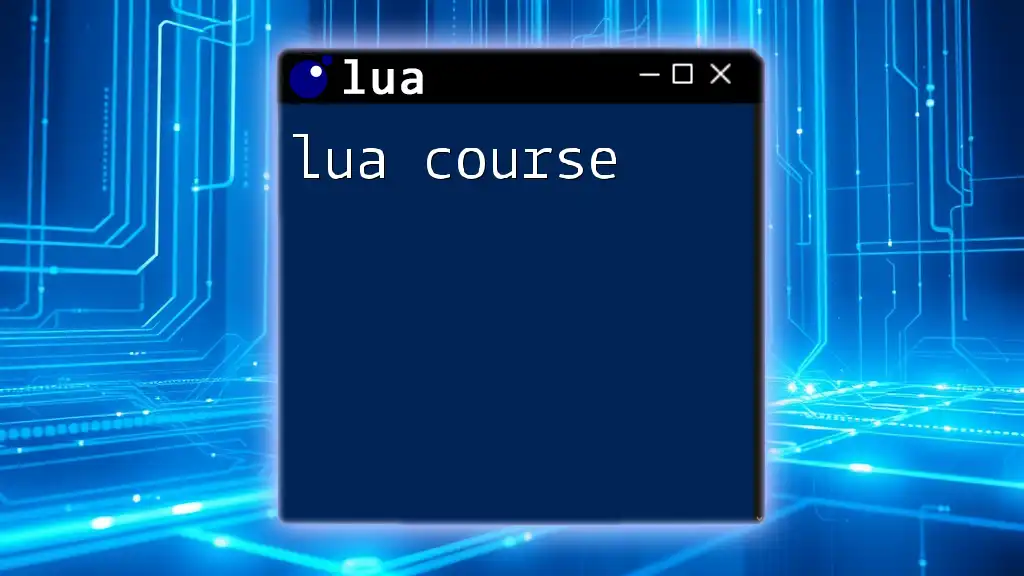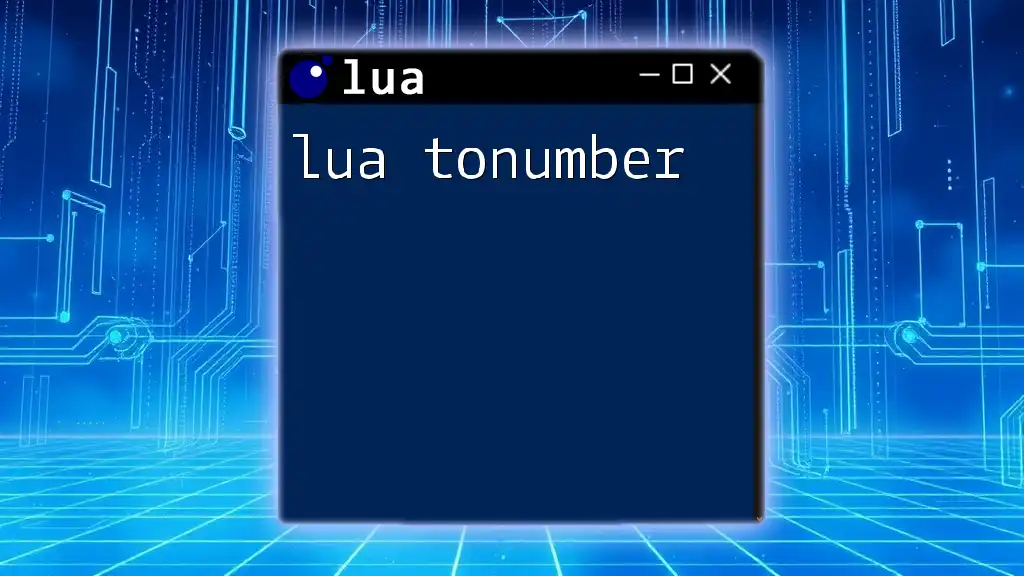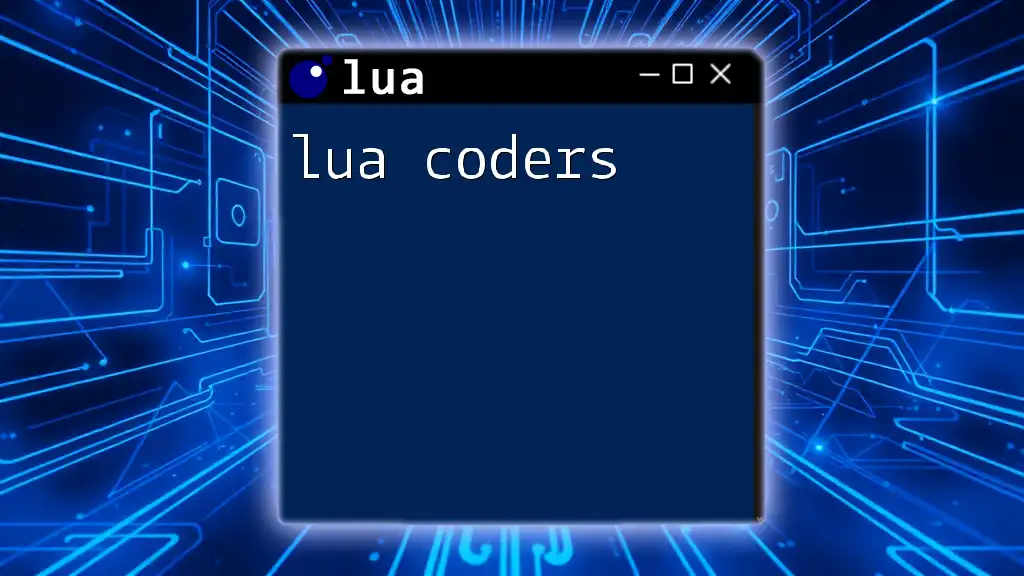The `continue` statement in Lua allows you to skip the current iteration of a loop and proceed to the next iteration.
Here's an example of how to use it in a `for` loop:
for i = 1, 10 do
if i % 2 == 0 then
-- Skip even numbers
goto continue
end
print(i) -- This will print only odd numbers
::continue::
end
What is the 'continue' Statement?
The 'continue' statement is a control flow tool in Lua that allows you to skip the remaining part of a loop iteration and move directly to the next iteration. In essence, when a 'continue' is encountered, any code following it within that loop will be ignored for the current iteration.
Explanation of Its Function in Loops
In the context of loops, 'continue' is particularly valuable when certain conditions arise that render the rest of the loop's code unnecessary or irrelevant. By using 'continue', programmers can make their intentions clear, leading to cleaner and more readable code.
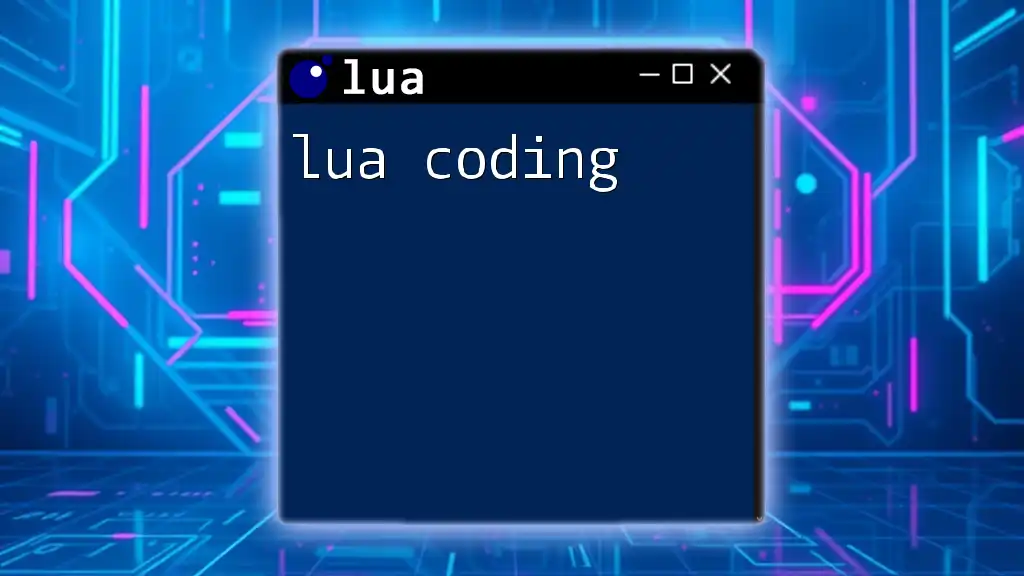
Why Use 'continue' in Lua?
Using 'continue' improves code readability by conveying the programmer's intent to skip to the next iteration based on a specified condition. This can simplify complex loop logic, reduce indentation levels, and eliminate the need for additional boolean flags.
Example Scenarios for Use
- Input Validation: In a situation where user input values must meet certain criteria, the 'continue' statement can efficiently skip invalid inputs.
- Data Processing: When processing arrays or tables, 'continue' permits the seamless omission of unwanted values, maintaining the flow of the program.
Comparison with Other Control Flow Statements
While 'break' exits the loop entirely, and 'return' exits from a function, 'continue' only skips the current iteration, allowing for the loop to proceed to the next pass. This characteristic makes 'continue' a powerful tool for specific cases where you want to maintain the loop structure while avoiding certain conditions.
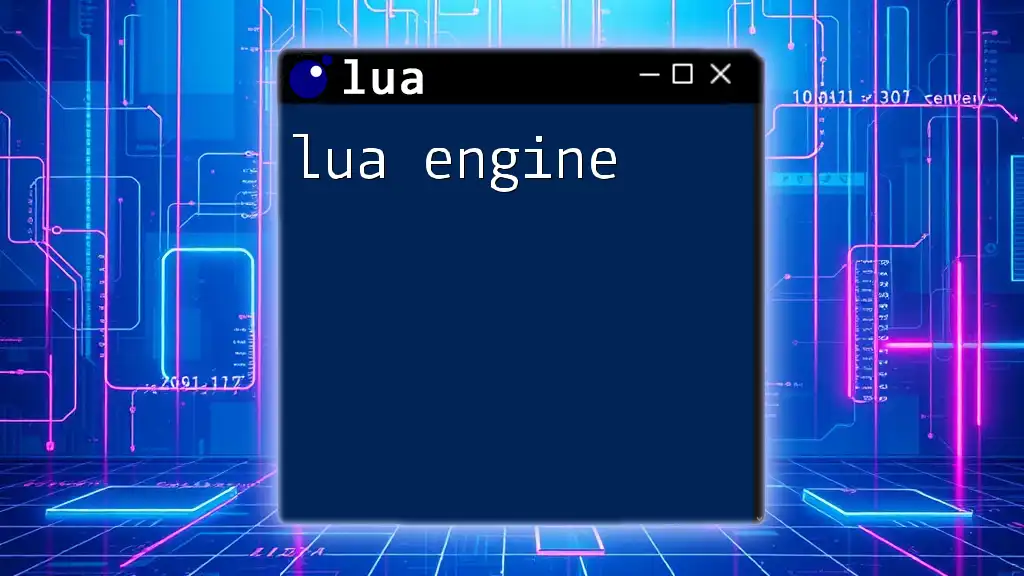
How to Implement 'continue' in Lua
Syntax of 'continue'
The syntax for using 'continue' is straightforward, primarily implemented within a loop construct. Here's the structure:
for variable = start, stop do
if condition then
continue
end
-- More code to execute if condition is false
end
Practical Example: Skipping Even Numbers
Consider the aim to print all odd numbers from 1 to 10. Using 'continue', we can efficiently skip even numbers:
print("Odd numbers from 1 to 10:")
for i = 1, 10 do
if i % 2 == 0 then
continue
end
print(i)
end
In this example, when i equals an even number (i.e., divisible by 2), the 'continue' statement triggers, causing the loop to skip the print function for that iteration. Thus, the output will only display odd numbers: 1, 3, 5, 7, and 9.
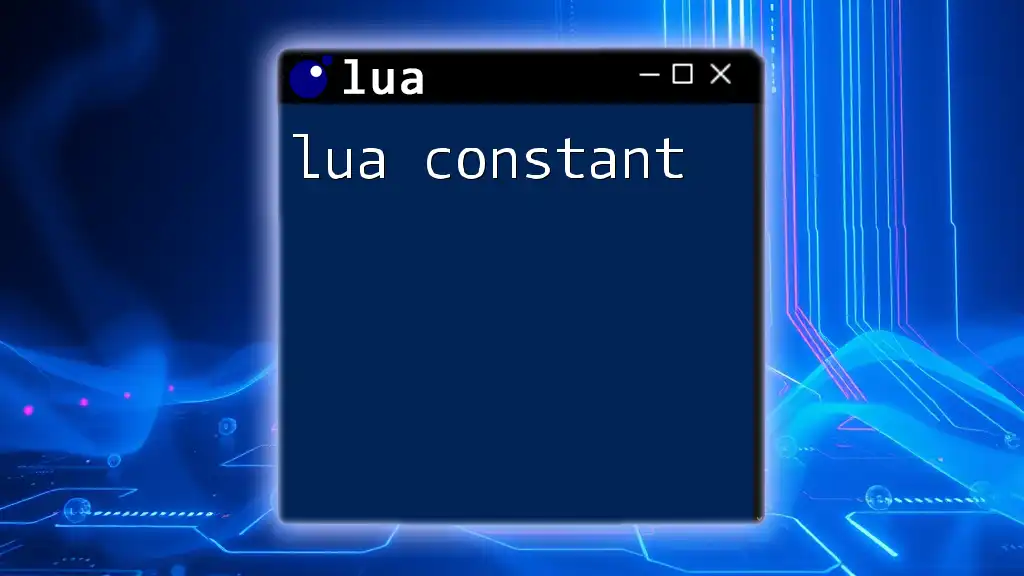
Advanced Use Cases for 'continue'
Nested Loops
'Continue' is not limited to single loops; it can also be employed in nested loops. When using 'continue' in this context, it's crucial to understand which level of the loop is affected. The 'continue' applies only to the nearest enclosing loop.
For instance, consider this nested loop example:
for i = 1, 3 do
for j = 1, 3 do
if j == 2 then
continue
end
print("i: " .. i .. ", j: " .. j)
end
end
Here, when j equals 2, the 'continue' statement will skip the `print` function just for that iteration of the inner loop. The output will show values for j being 1 and 3 for each iteration of i.
Filtering Data
Another effective use of 'continue' is in data filtering. Imagine we have a list of values and we want to print only the odd numbers. We can skip any even number using 'continue':
local data = {1, 2, 3, 4, 5, 6}
print("Filtered data:")
for _, value in ipairs(data) do
if value % 2 == 0 then
continue -- skip even numbers
end
print(value)
end
By executing the above code, only odd numbers (1, 3, 5) will be printed, effectively filtering out any even numbers.
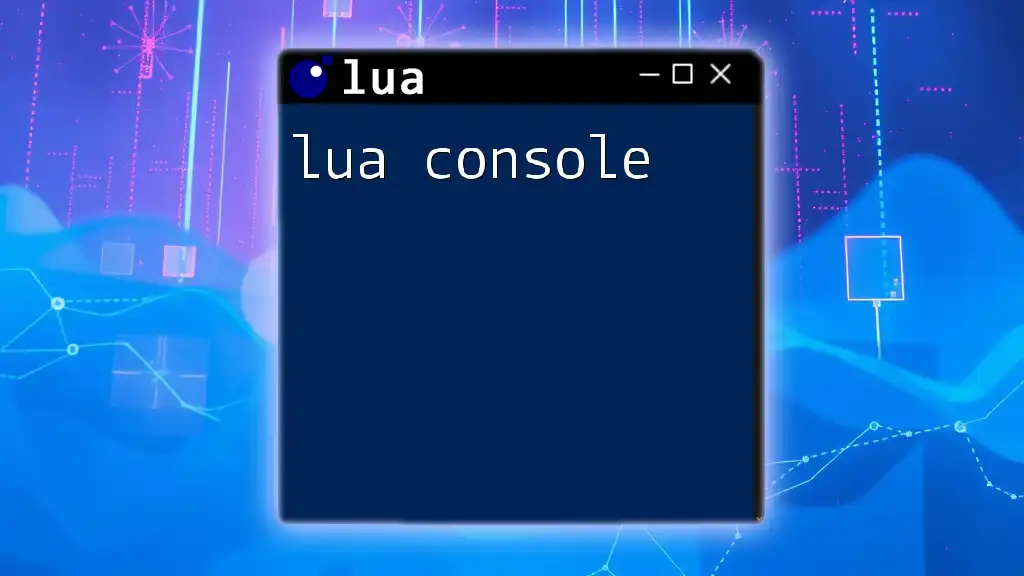
Common Pitfalls and Mistakes
While working with 'continue', programmers often encounter pitfalls such as:
- Incorrect Loop Context: Using 'continue' in a context where no loop is present will result in errors. Always ensure that 'continue' is within a looping structure.
- Loop Logic Confusion: Failing to comprehend how 'continue' interacts with nested loops can lead to unexpected behaviors. Be cautious of which loop 'continue' will affect.
Best Practices
To avoid these common errors:
- Comment Your Code: Explain the intention behind using 'continue.' This helps others (and future you) understand the logic quickly.
- Test Extensively: Ensure that the use of 'continue' does not yield logical fallacies, especially in complex loops.
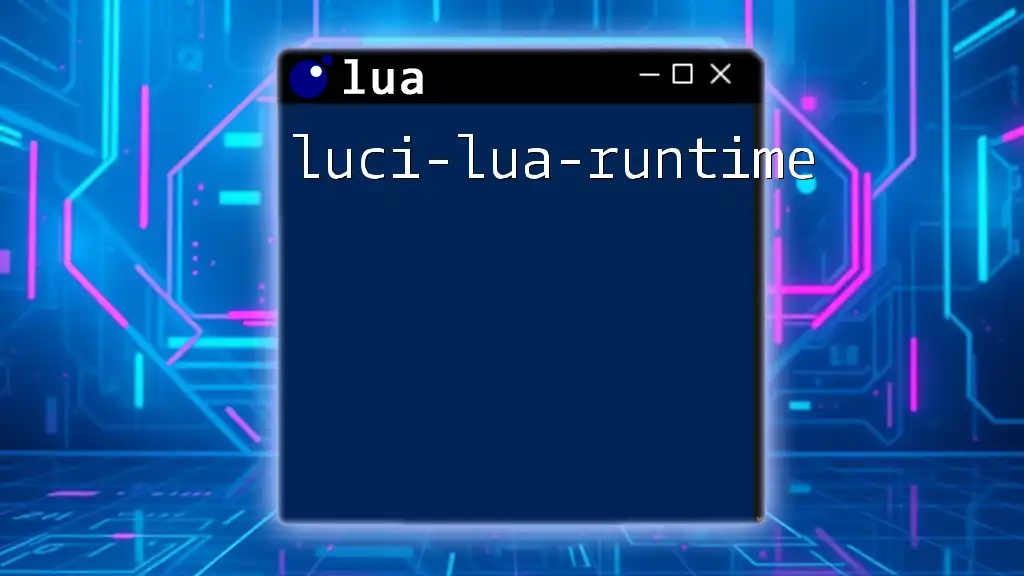
Conclusion
The 'continue' statement in Lua serves as an invaluable asset for controlling loop iterations efficiently. By allowing you to skip certain iterations based on defined conditions, 'continue' is a powerful tool for enhancing code clarity and maintainability.
Implementing 'continue' can lead to cleaner, more concise code that communicates your intentions more effectively to anyone reading it.
For deeper dives into Lua programming, consider joining our community for more tips, tutorials, and resources that can elevate your coding skills to the next level.
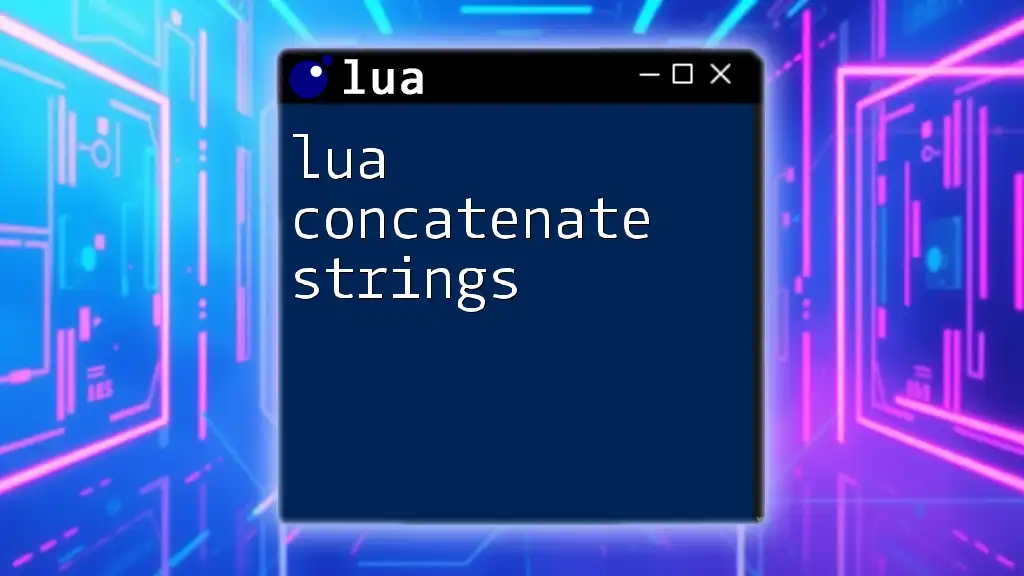
Additional Resources
For further exploration of Lua, you might want to explore:
- The official [Lua documentation](https://www.lua.org/manual/5.3/)
- Recommended reading such as "Programming in Lua" by Roberto Ierusalimschy
- Online courses from platforms like Coursera or Udemy focused on Lua programming.
FAQs
Can 'continue' be used outside loop structures in Lua?
No, 'continue' is specifically designed for use within the context of loops in Lua.
How does 'continue' differ from 'break' in loops?
While 'continue' skips the rest of the current loop iteration and moves to the next iteration, 'break' terminates the loop entirely.
Is 'continue' a built-in function or a keyword in Lua?
In Lua, 'continue' is more of a defined behavior that can be simulated using 'if' statements and 'goto', as there isn't a native continue keyword in Lua. Always consider using logic to achieve similar outcomes.

